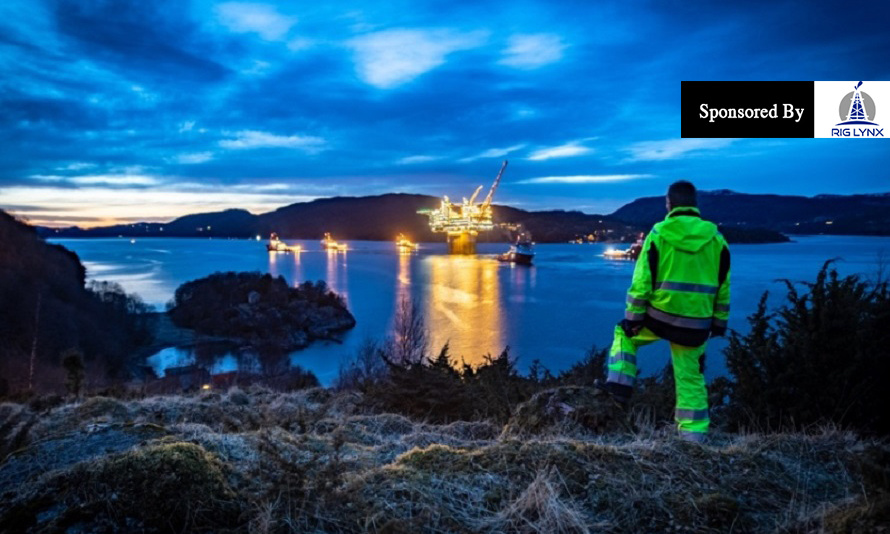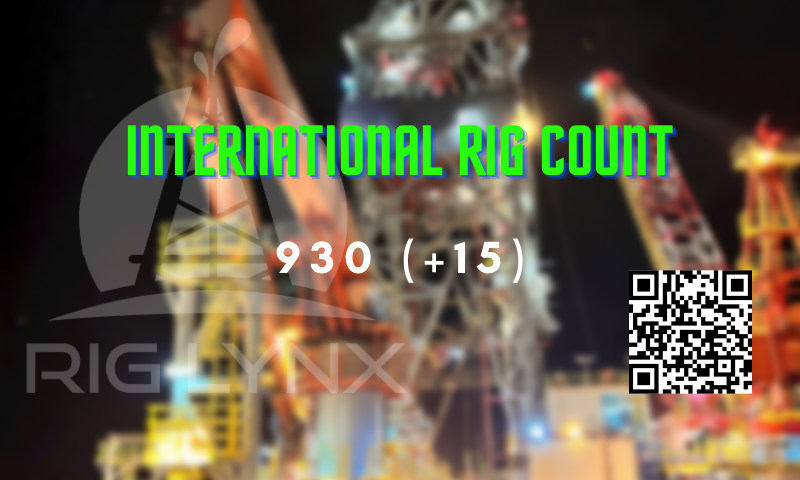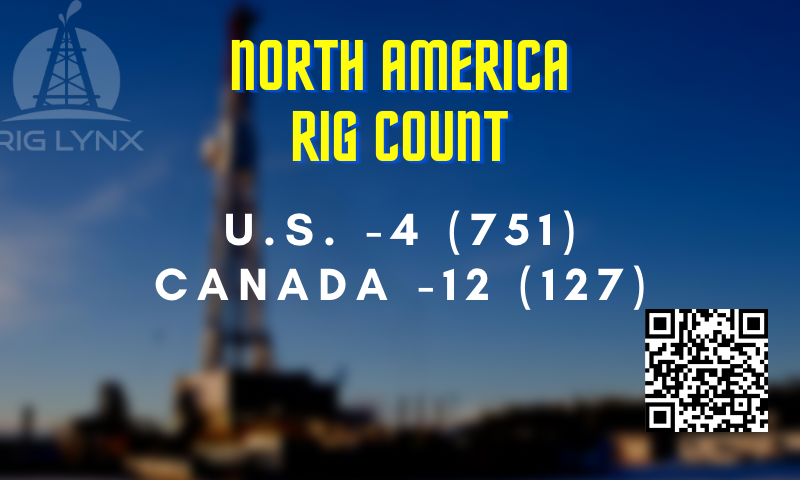
Norwegian state-owned giant Equinor on Tuesday presented its plans for transforming the Norwegian continental shelf (NCS) over the coming decades. The company’s plans include drilling of up to 3000 wells during the coming decades and extending the lifetime of more than 20 installations.
Equinor said it is on track to maintain profitable production from the NCS at current level towards 2030. After 2030, the NCS will enter a more mature phase.
It is therefore necessary to introduce new measures to tackle the future challenges of declining production from the big fields, ageing installations and the need for reduced CO2 emissions, Equinor explained.
Arne Sigve Nylund, executive vice president for Development and Production Norway, said: “Over the past years we have set ourselves tough targets on the NCS. This has paid off. We have improved operational efficiency, increased production, reduced CO2 emissions and matured a highly profitable project portfolio. This is the result of good dialogue with the authorities and good collaboration with our suppliers and employees.
“The NCS still holds a lot of potential, however securing value creation and thousands of jobs for the decades to come is not an easy task. The changes needed will be bigger than ever before and are necessary as we continue to develop as a broad energy company.â€
Specific activities to renew the NCS include:
– Drill up to 3000 wells during the coming decades;
– Extend the lifetime of more than 20 installations;
– Drill 20-30 exploration wells annually and actively explore for gas;
– Explore the possibilities of floating offshore wind and electrification as means to reduce greenhouse gas emissions;
– Increase the pace of digitalization and use of new technology;
– Strengthen and renew the competence in own workforce within traditional and new disciplines and conduct targeted recruitment to ensure new competence.
“We need to start now. After 2022 there are currently few big projects remaining. The choices that we, the authorities, and the industry make today will be decisive. It is about stable framework conditions, investments and collaboration to develop new and innovative solutions. We have the expertise, platforms, pipelines, bases and onshore facilities, a competitive industry and a fast-developing technology. This gives us an excellent starting point when we set out new plans in order maintain production and profitability as high as possible, while at the same time developing new renewable value chains on the NCS,†said Nylund.
Record number of wells and lifetime extensions
Over the coming decades, Equinor plans to drill up to 3000 production and exploration wells. This is almost as many wells as the company has drilled since it was established close to 50 years ago.
“This is an important measure to extract more profitable barrels from the fields we operate. We aim to achieve an average recovery rate of 60 and 85 per cent respectively at our oil and gas fields. This is almost twice the average global oil recovery rate of 35 per cent,†said Nylund.
The drilling will yield ripple effects by utilizing existing fields, pipelines, bases and onshore facilities along the entire coast of Norway.
The company’s plans for the next decades also call for a lifetime extension of more than 20 fields. The production lifetime of Equinor’s NCS fields is already two to three times longer than assumed in original plans.
Exploring for gas
There is still substantial remaining oil and gas resources on the NCS. Some of these resources are near existing infrastructure, while other resources are difficult to find or located in smaller deposits requiring further technology development to become profitable.
“Active exploration on the NCS is vital to succeed in renewing the shelf. We are making two important moves: We have developed a strategy for more gas exploration. We will also test new ideas in some prospects every year. The likelihood of discovery in these wells will be lower than in other targets, but we see it as necessary to regularly test a few of what we call “game changing wells†in order to explore the NCS to its full potential,â€Â said Tim Dodson, executive vice president for Exploration.
The plan is to drill around 20-30 exploration wells every year for the coming years.
“We have challenging tasks ahead of us, but at the same time the NCS is in a unique position. We have a valuable infrastructure in place which could make discoveries close to existing fields highly profitable. The basic investments have already been made, and through sensible additional investments we will still be able to provide our owners with high returns,†he added.
Gas exploration is important to solve the climate challenge since gas can replace coal, and to maintain Norway’s position as a long-term gas supplier to Europe.
Investing in renewable and reducing greenhouse gas emissions
Today, Equinor and its partners also presented their decision to explore the possibilities of powering the Gullfaks and Snorre fields by use of floating offshore wind turbines. The ambition is to build the world’s first floating offshore wind turbines, supplying clean renewable electricity to the oil installations.The industry’s NOx fund has decided to provide up to 566 million NOK in investment support for the project. The Snorre and Gullfaks partners have also applied for support from Enova’s program for full-scale innovative energy and climate measures to realize the project.
“This is an innovative project that demonstrates what we want to achieve on the NCS, while at the same time it may pave the way for technology development and new industrial opportunities for Norway, Equinor and Norwegian supplier industry within profitable renewable energy,†said Nylund.
Equinor intends to keep its ambition of being a world leader in production of oil and gas with low carbon emissions. To achieve this ambition Equinor aims to remove every fourth gas turbine on the NCS platforms through energy efficiency and electrification in the years to come, which will also strengthen profitability on the fields.
Investing in digitalization and new technology
Up to 2020 Equinor expects to invest NOK 1-2 billion in digital technology. This year Equinor is opening two new digital support centres that will help increase NCS production.
Innovation, digitalization and use of new technology will be important tools to be able to recover resources that are not profitable today, said the company. Rapid development in areas such as robotics, drones and use of 3D will ensure safer and more efficient field developments going forward.
“In the future we will also build lighter and smaller installations that can be unmanned, robotized and remotely controlled from land. This will create higher value in the form of new activity, reduced costs and higher income while contributing to reduced CO2 emissions,†said Margareth Øvrum, executive vice president for Technology, Projects and Drilling.
Renewing competence
Equinor’s plans call for new skilled workers and strengthening of own competence in the years ahead. In 2030 around half of today’s Equinor employees will have retired.
“We will need new expertise in a range of traditional and new disciplines. We will do our part in supplying the energy and products that the world needs, while at the same time contributing to solve the climate challenge. We have a big and important task ahead of us that we must solve wisely. I believe that this is a challenge that appeals to young people, and we can offer them this opportunity,†said Arne Sigve Nylund.
Check out our other current stories, we dare you…



